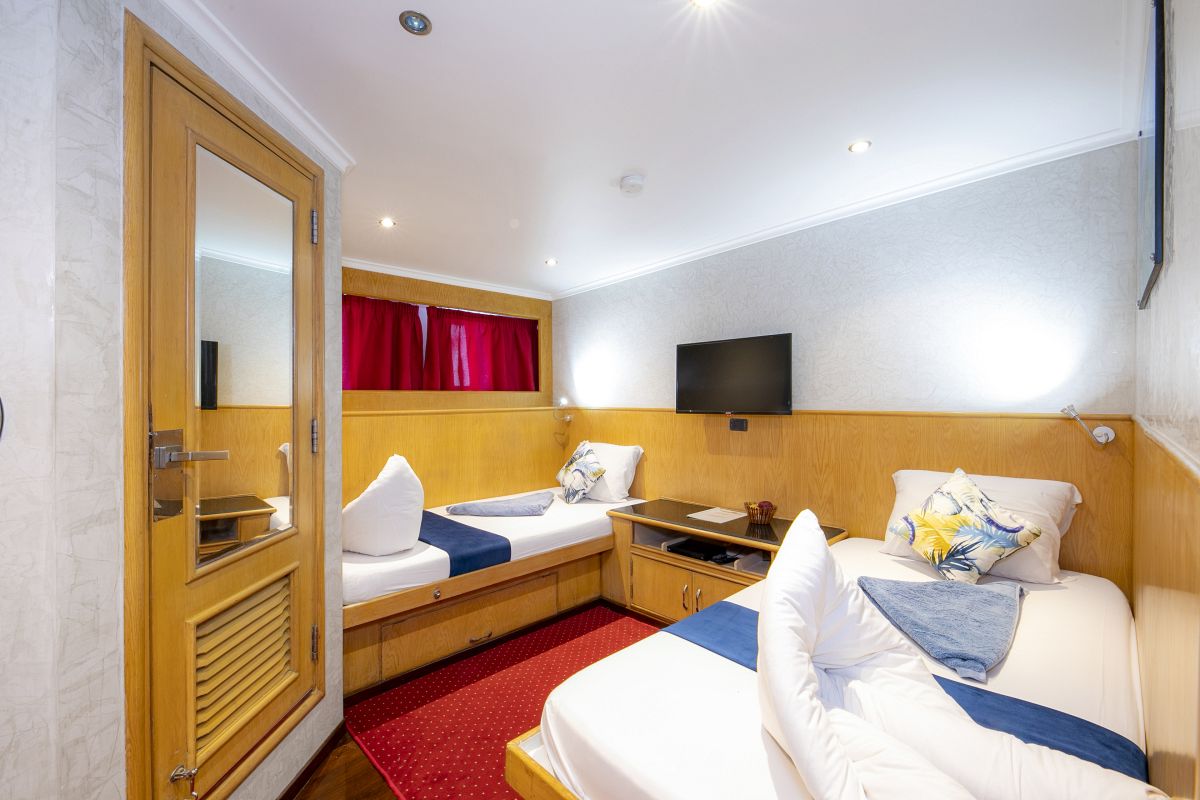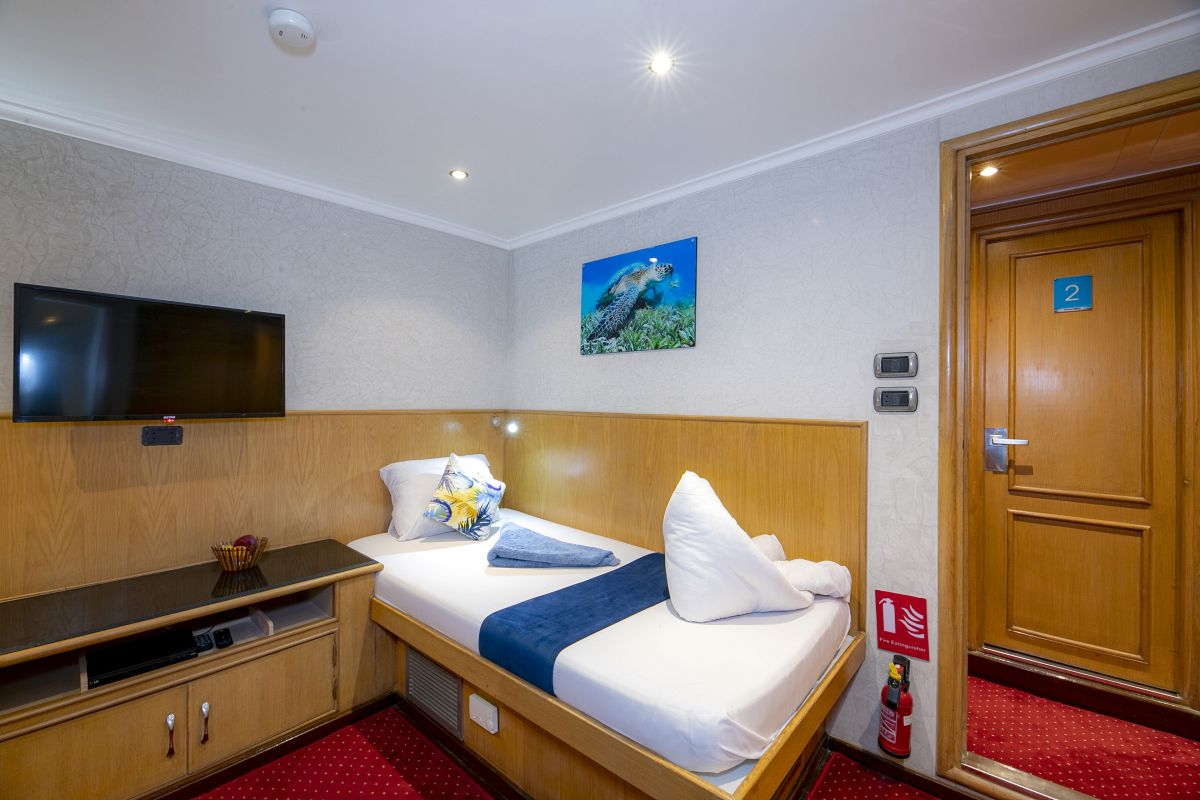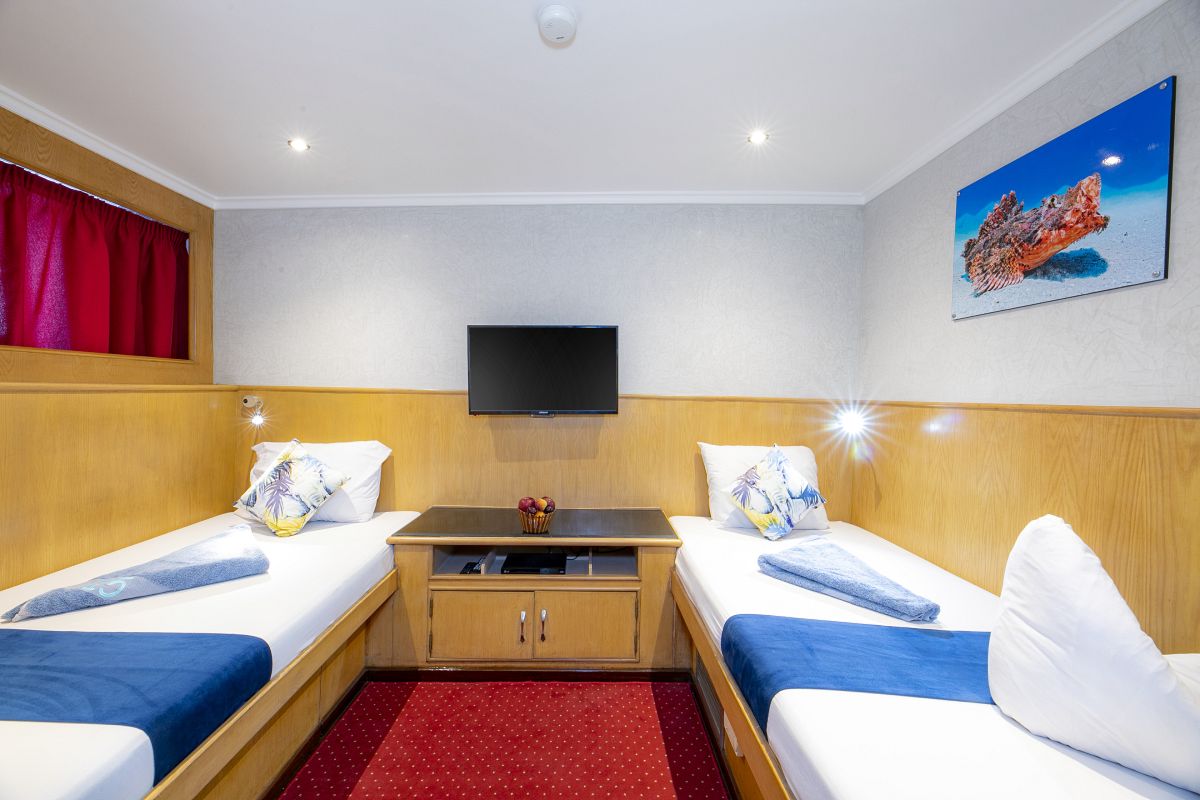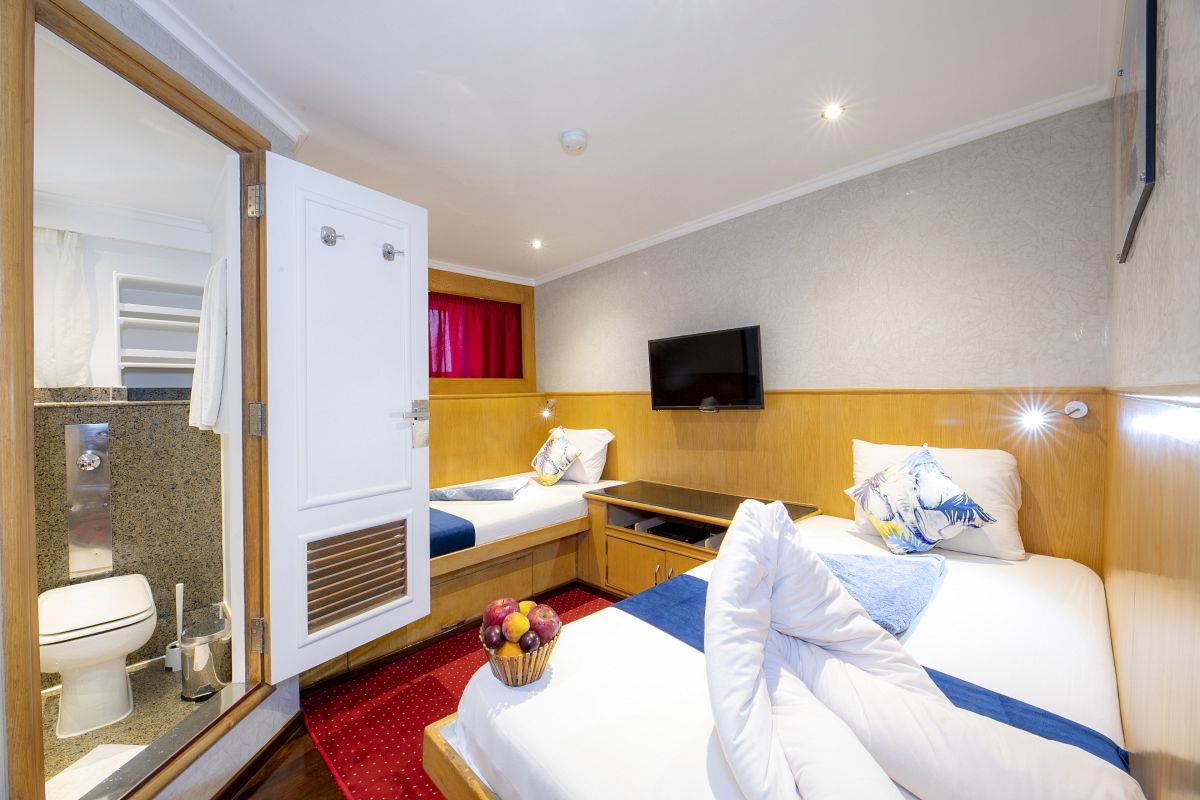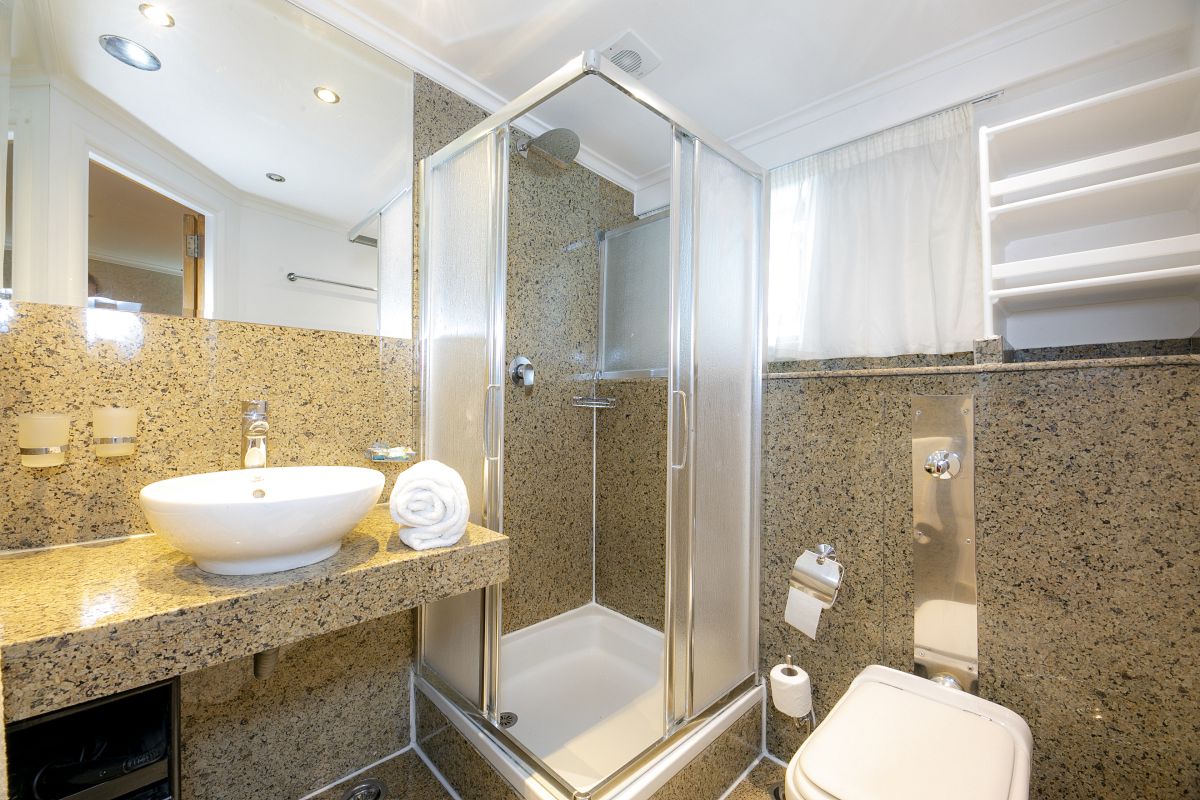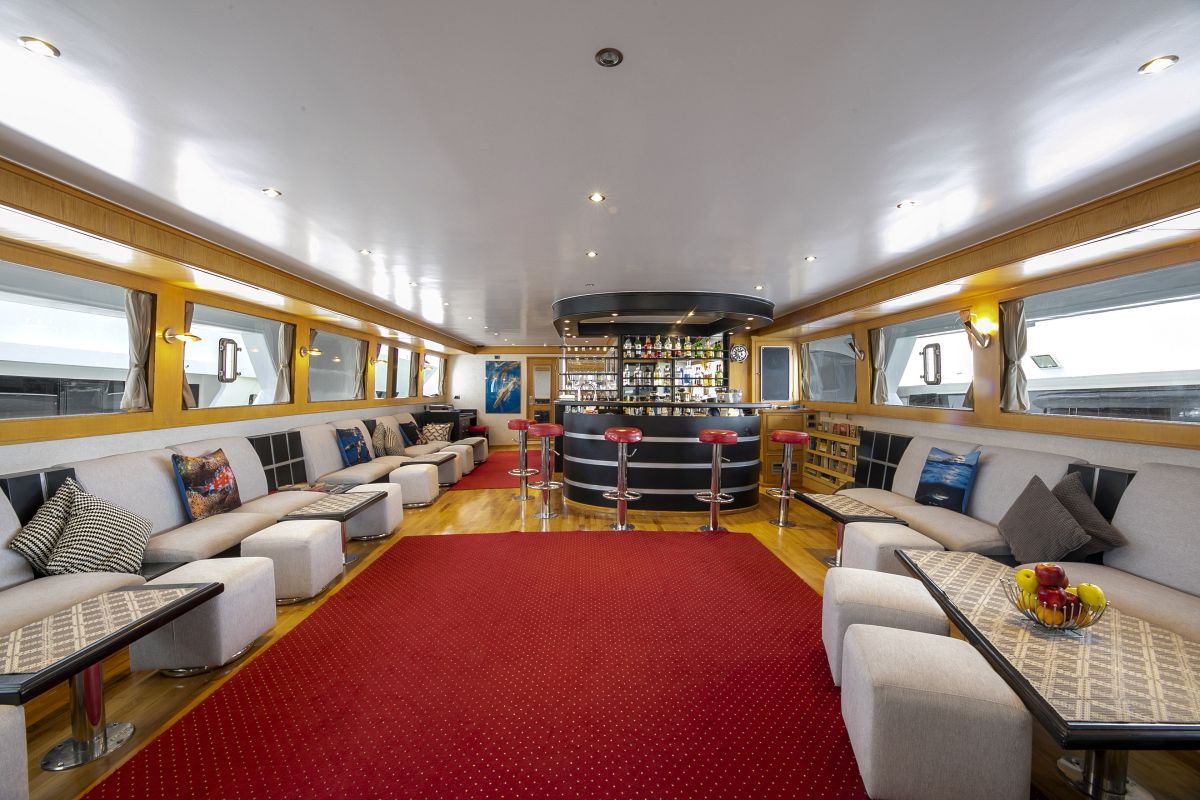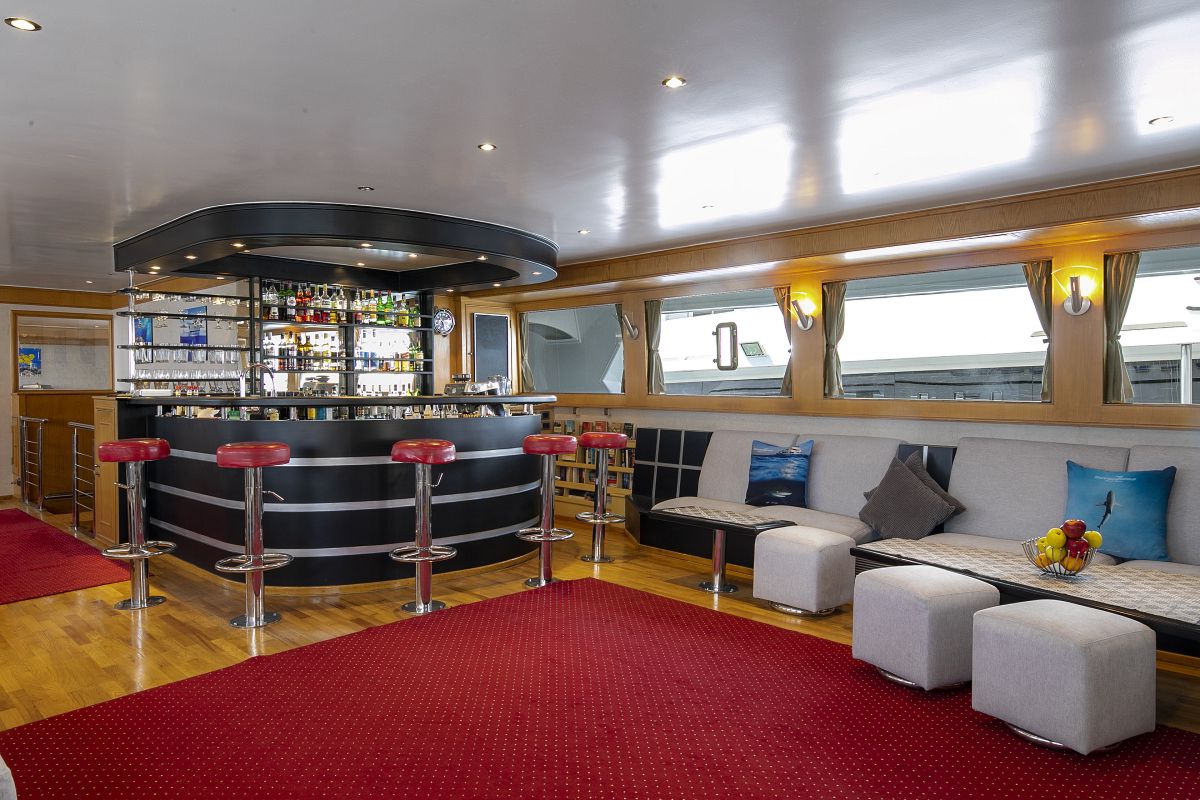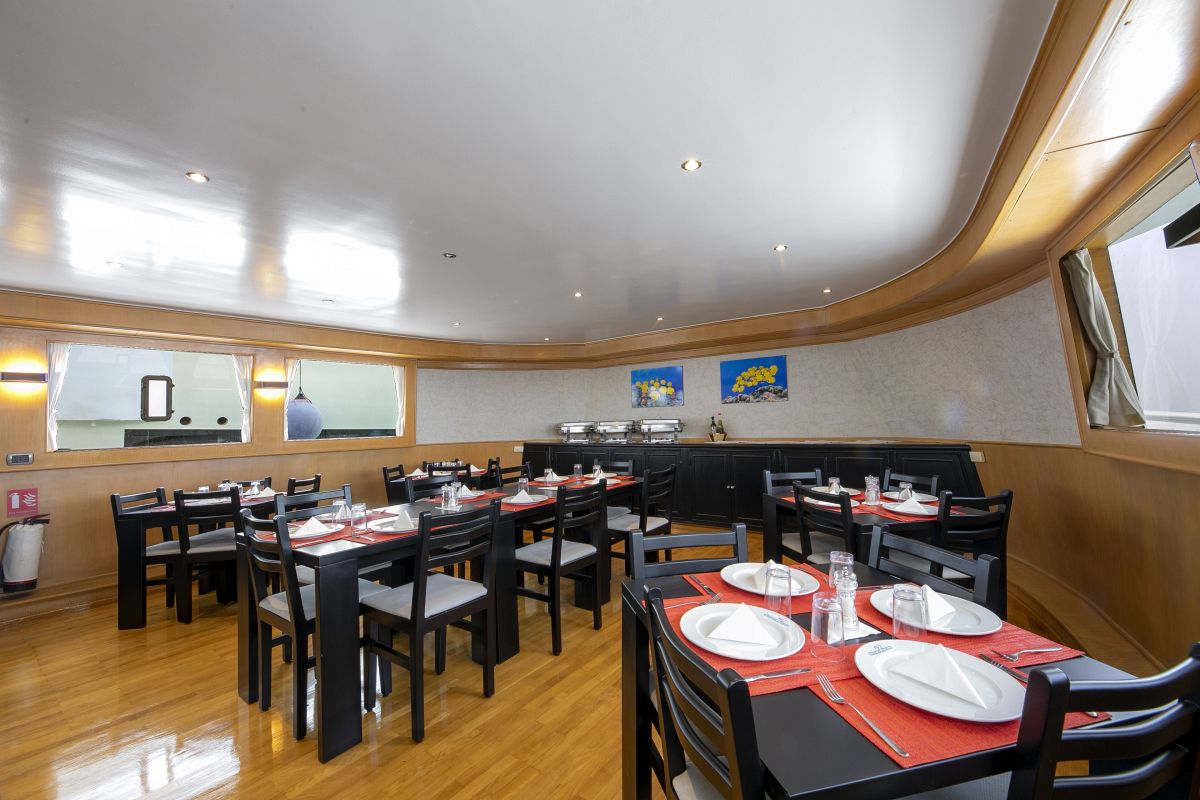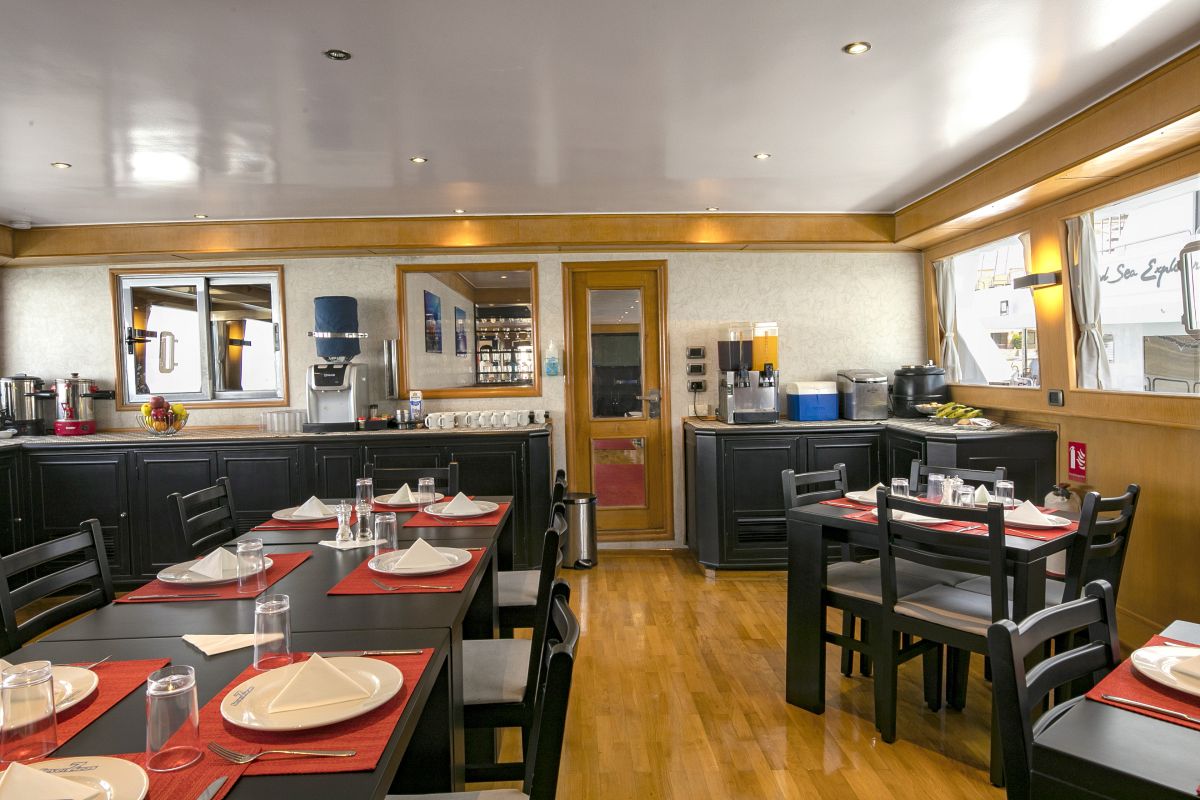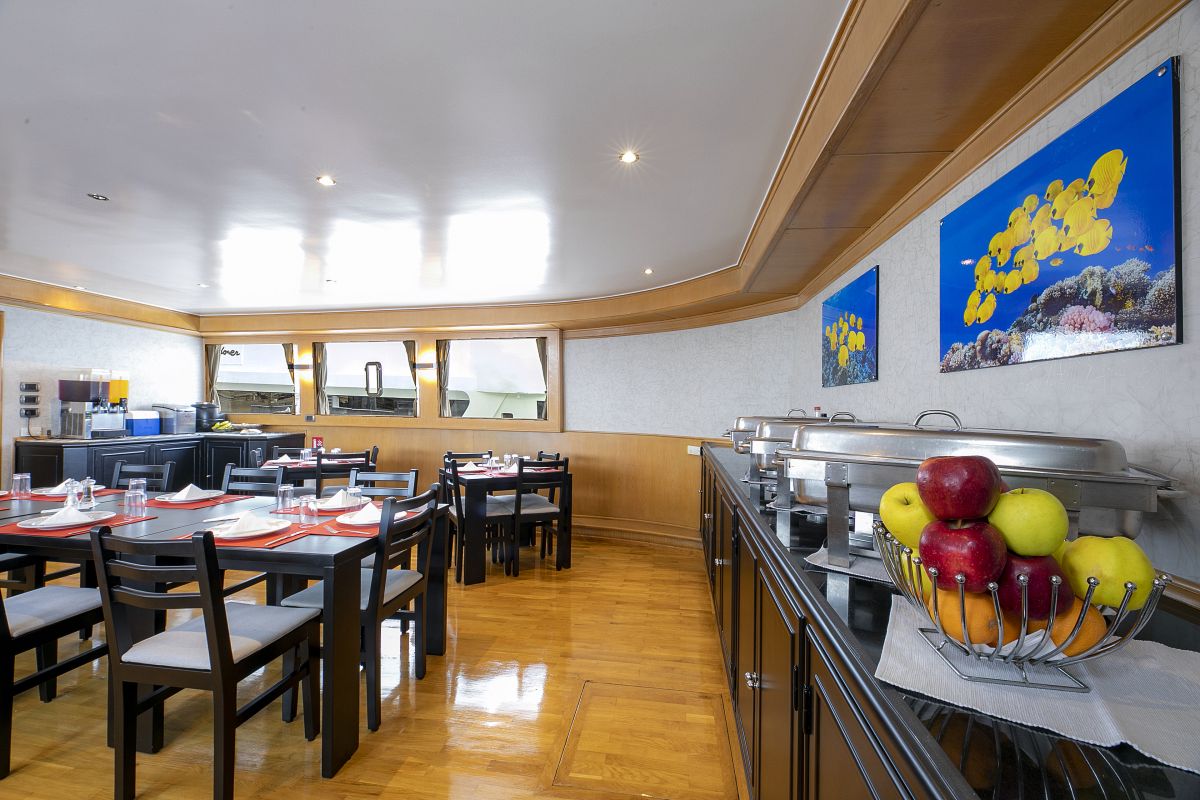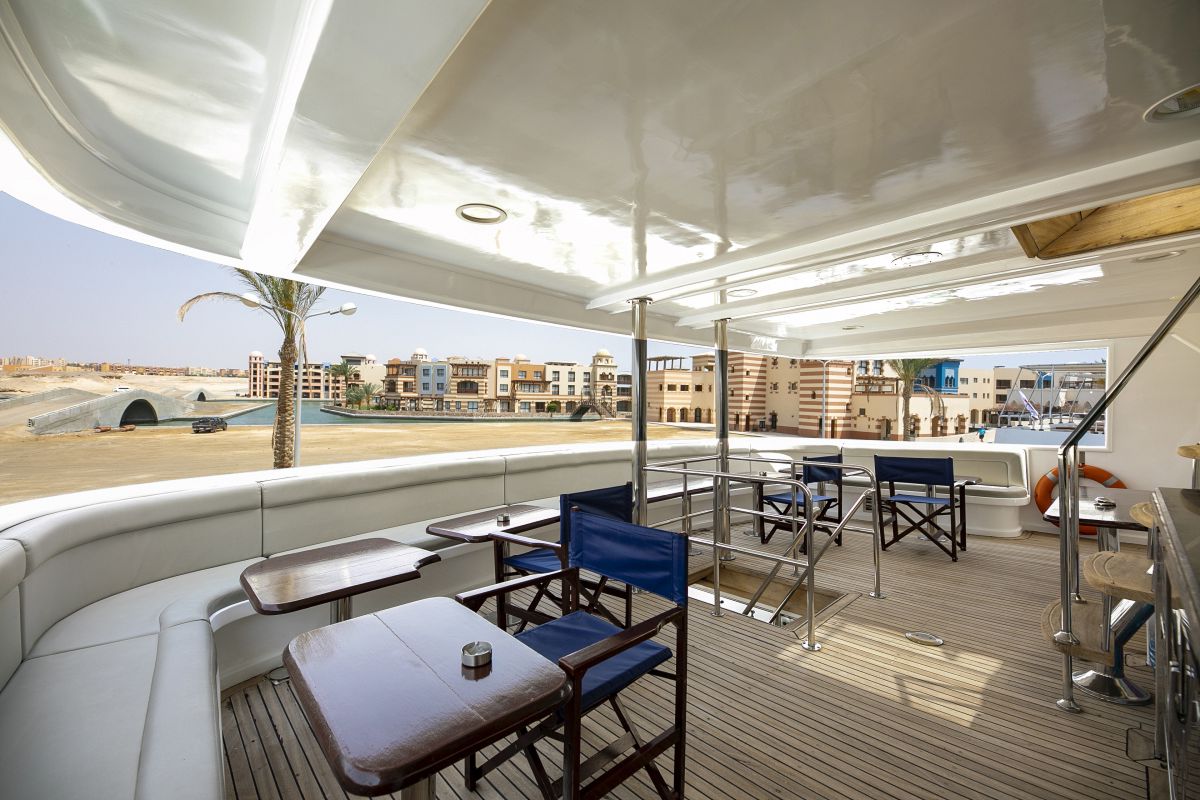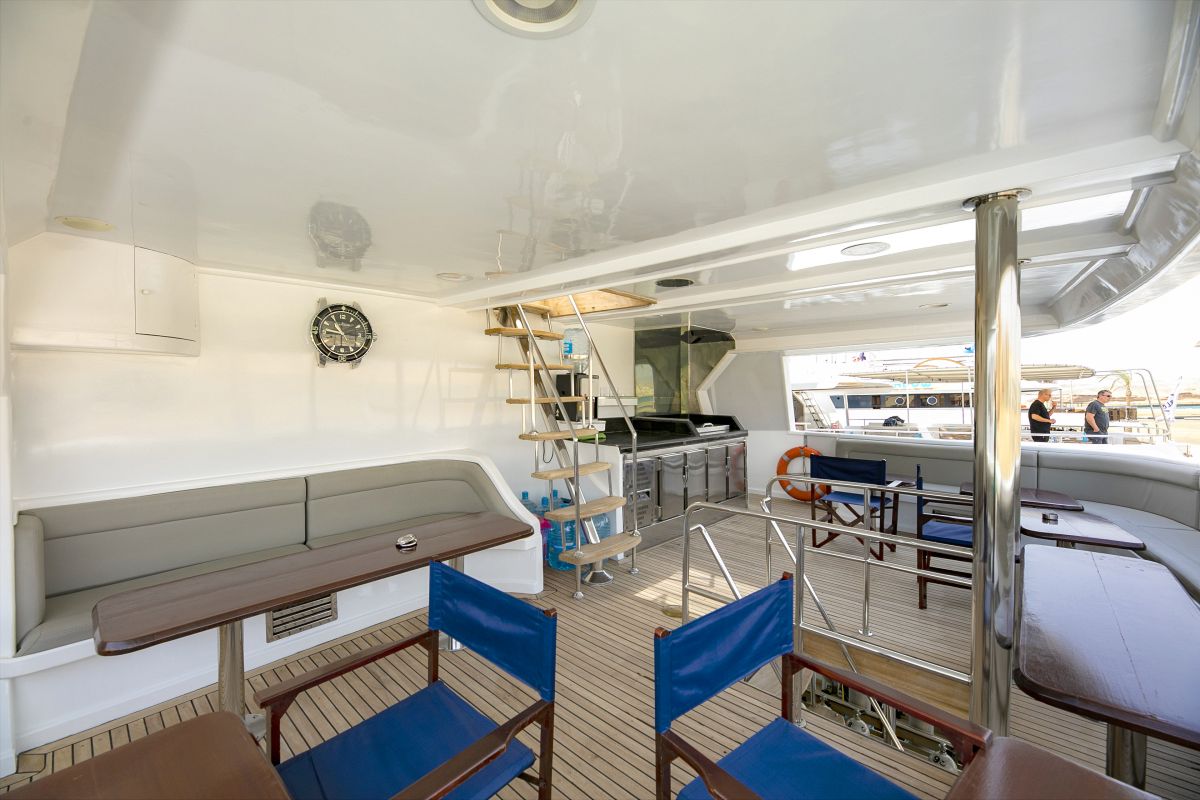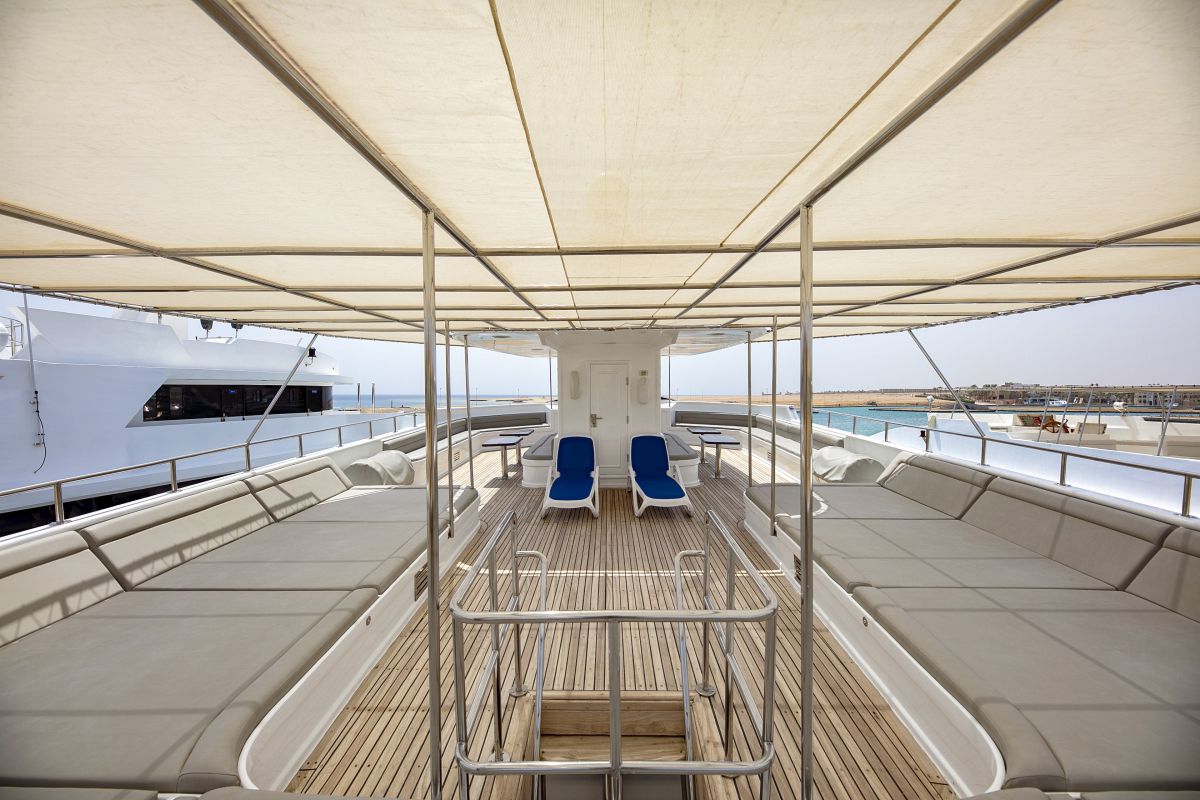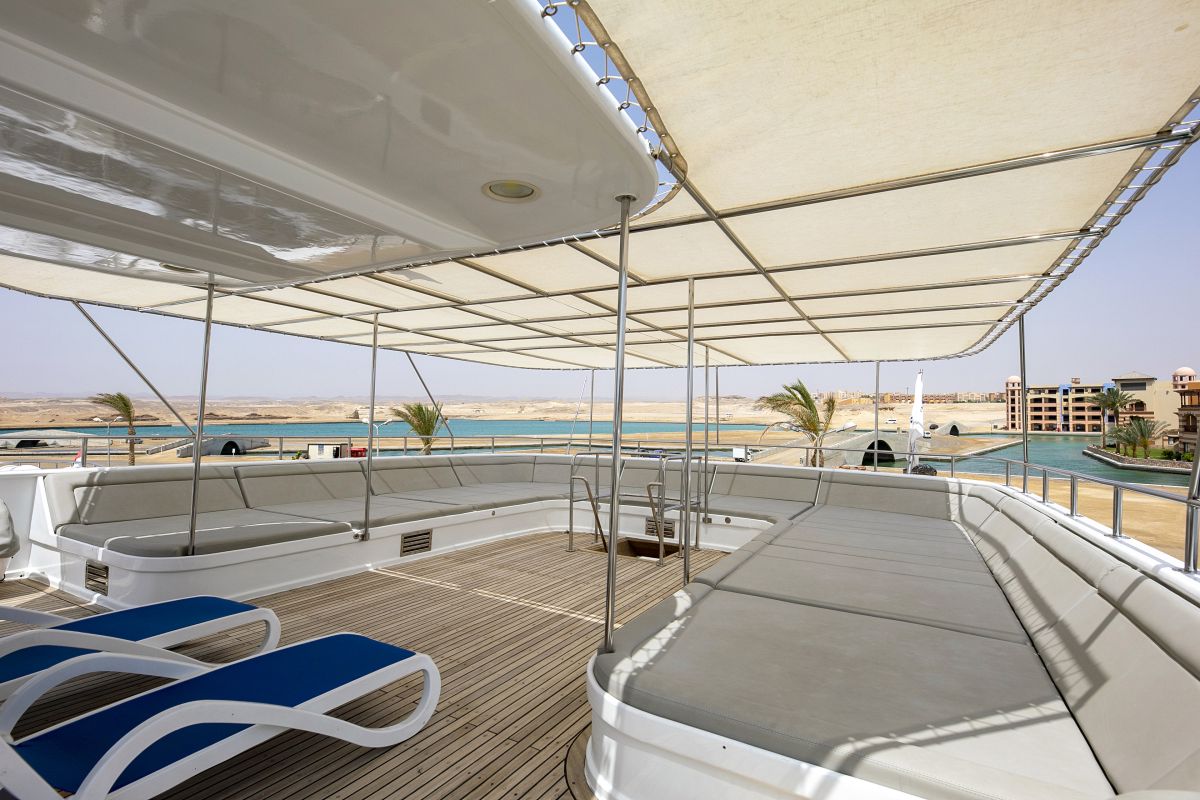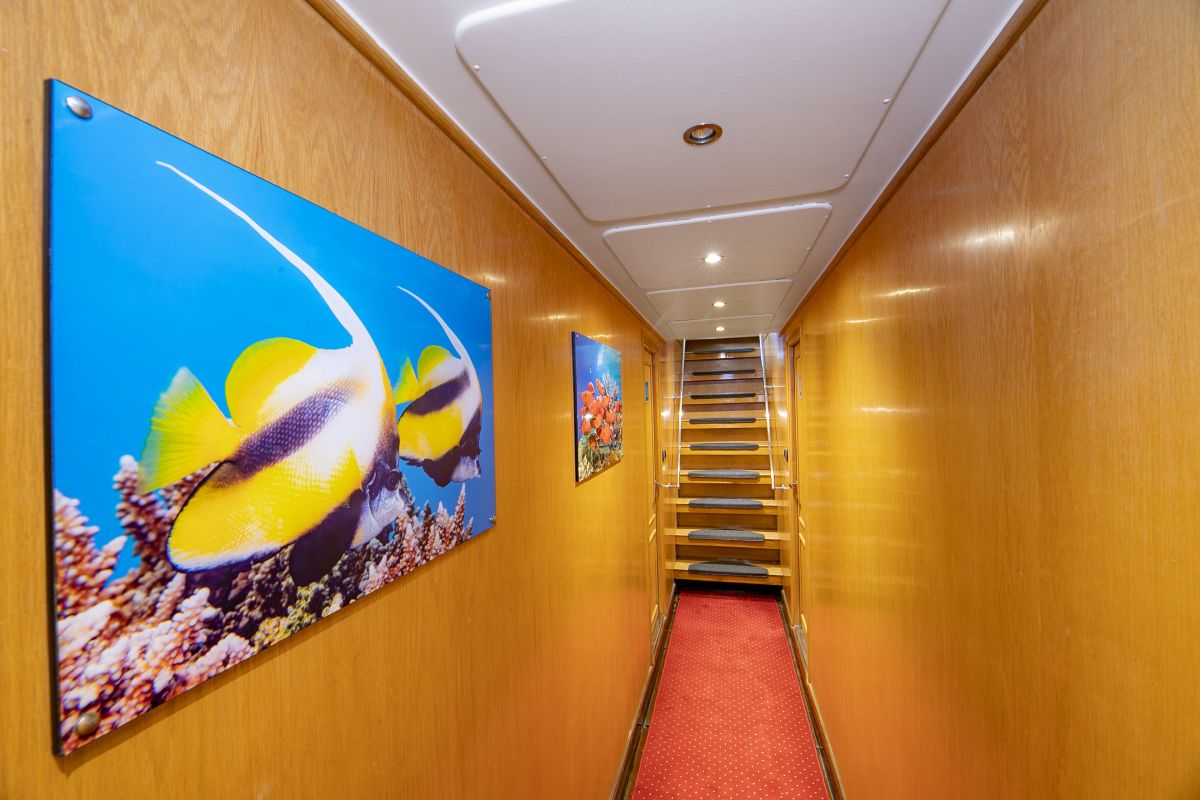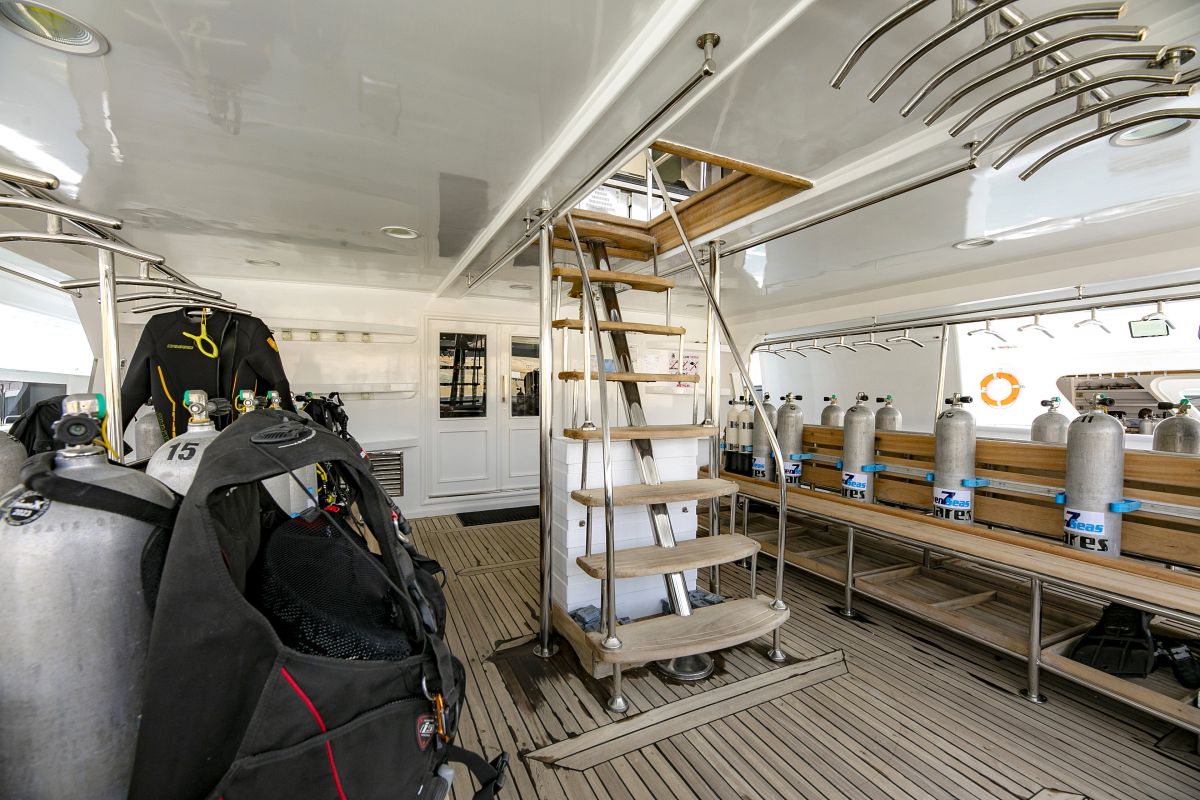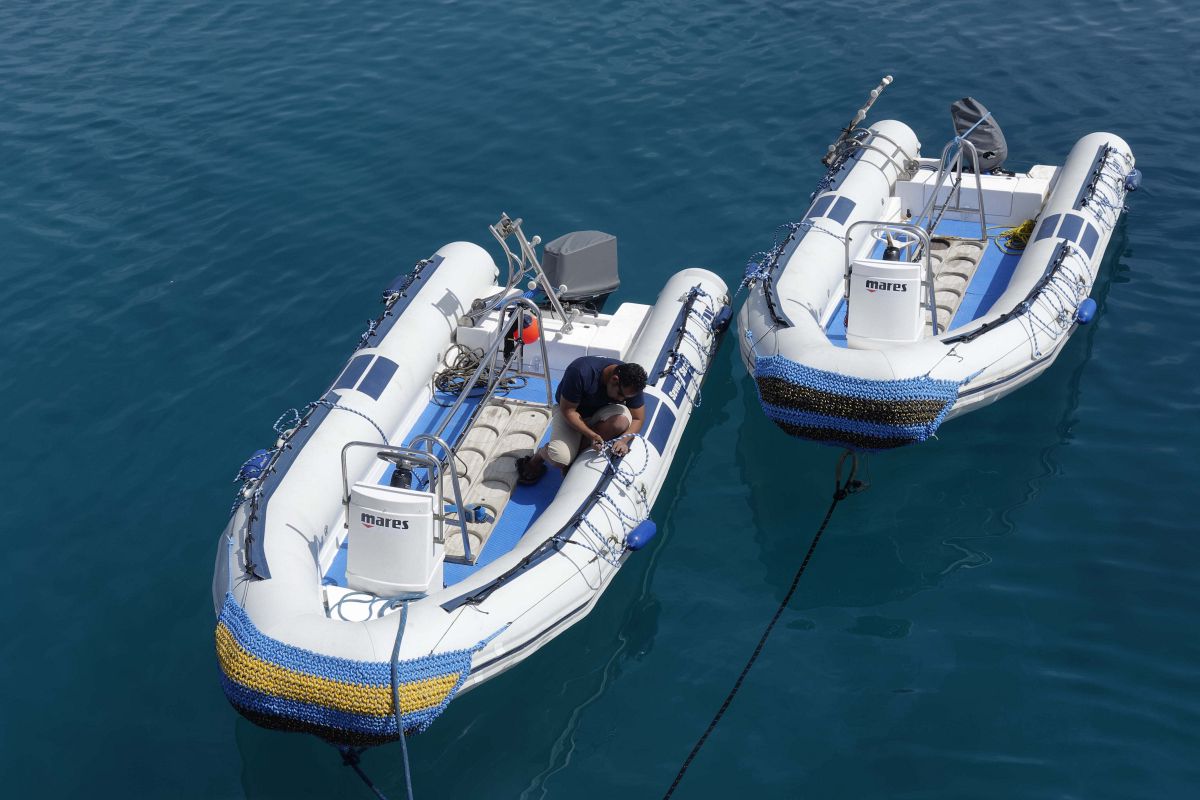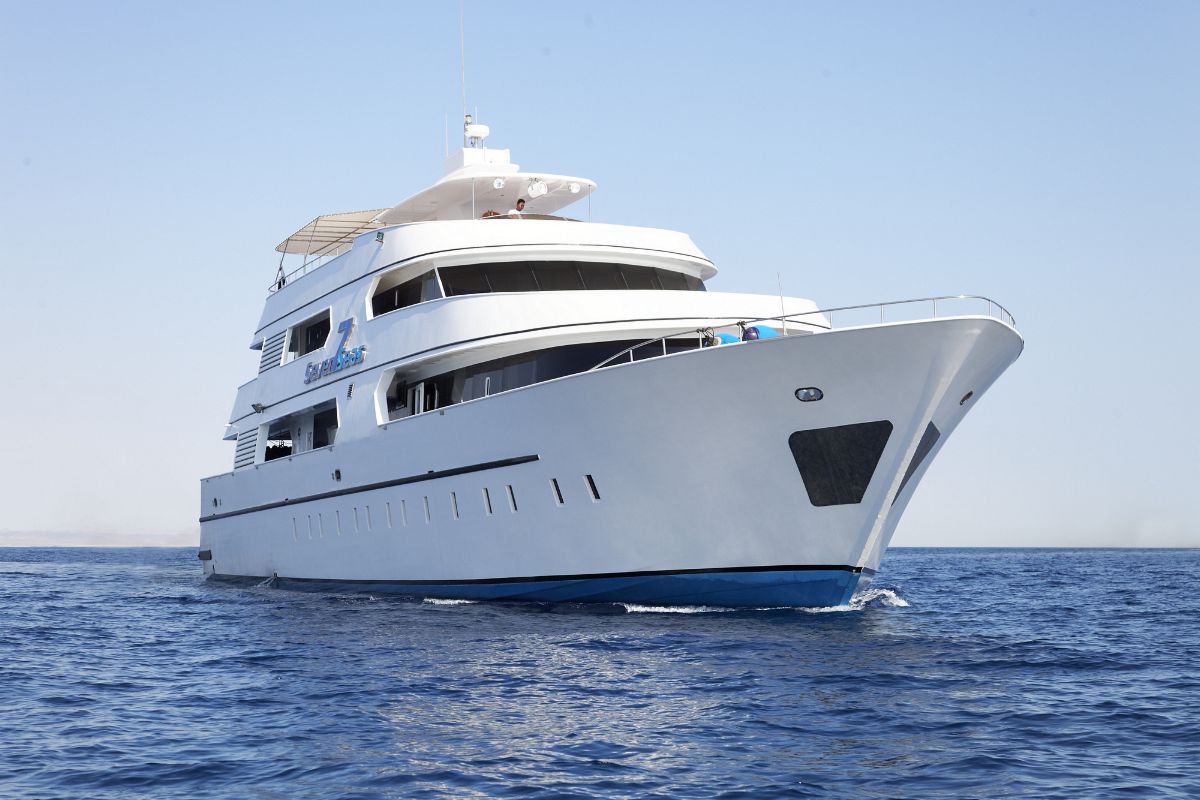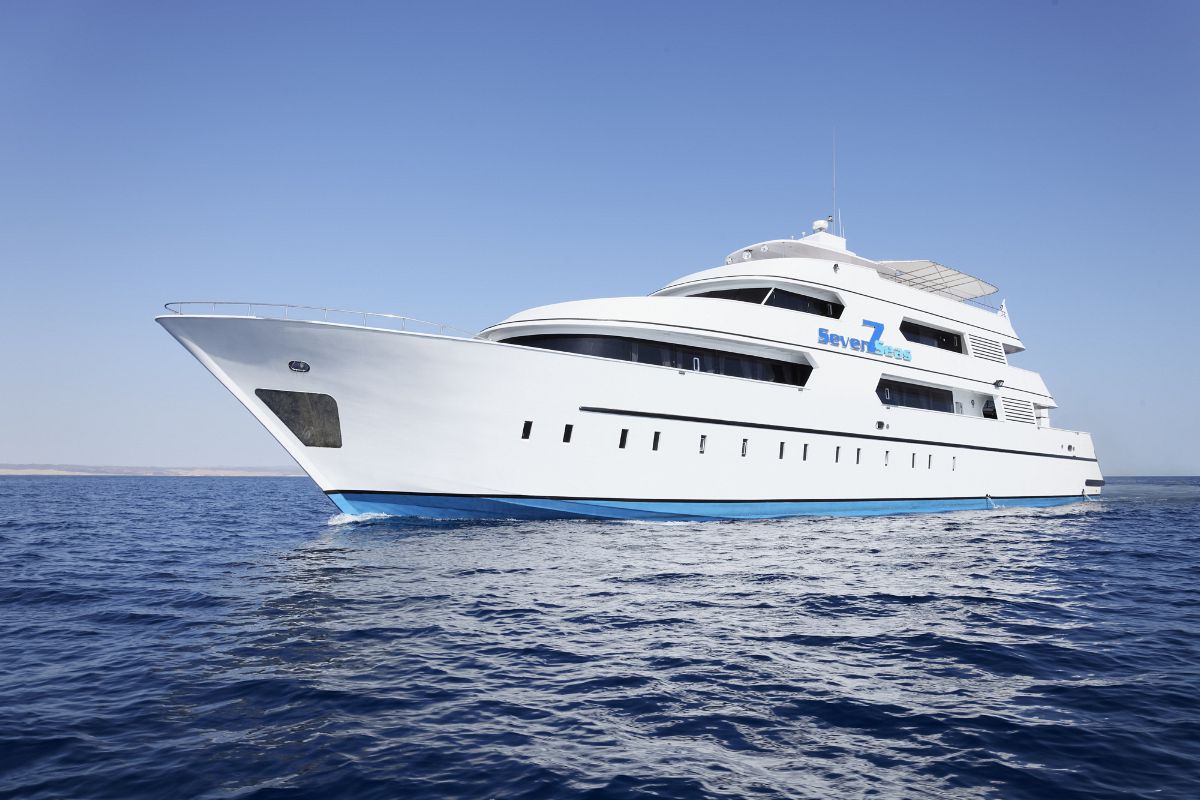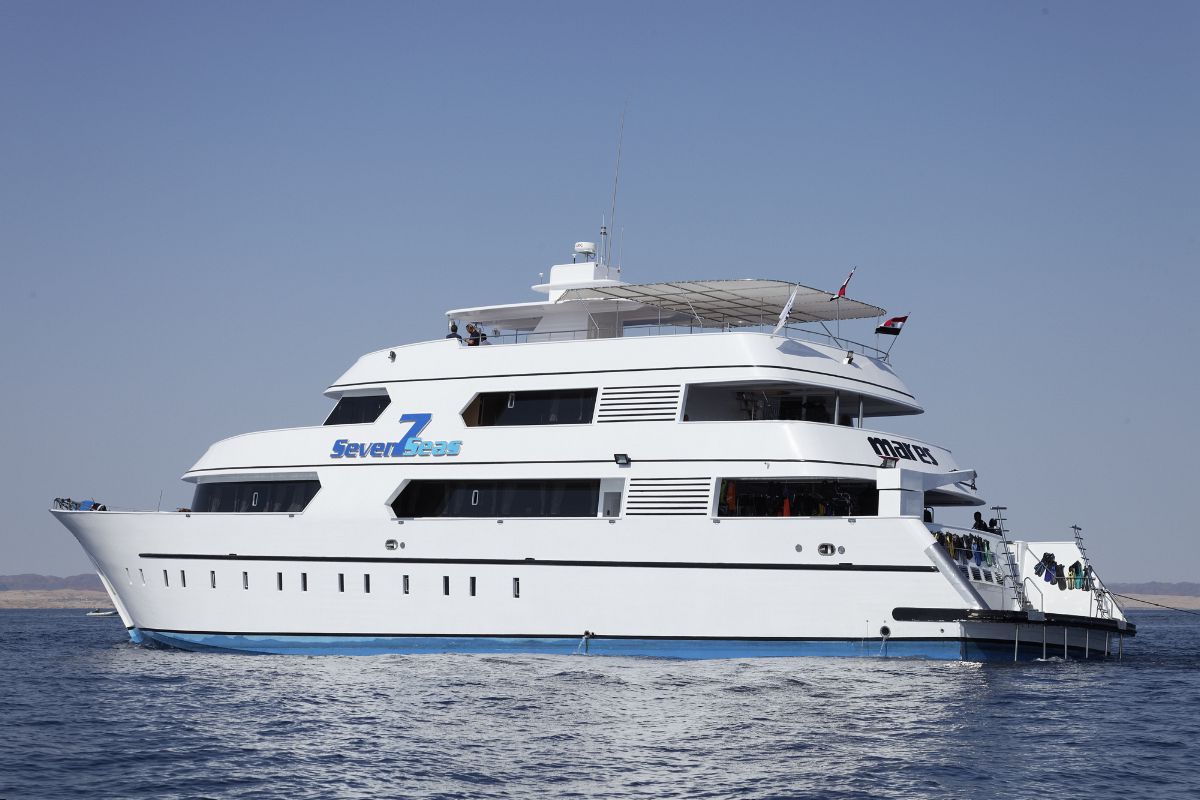Egypt - Red Sea Liveaboard Fleet
Seven Seas
VIEW AVAILABILITY
CABINS
DECK PLANS / AMENITIES
BOAT & DIVING FACILITIES
EXPERIENCE SEVEN SEAS
At 41 metres long, Seven Seas is a very impressive liveaboard boasting 12 spacious cabins. With great food and facilities it offers 5-star service and is perfect for exploring the waters with its spacious dive deck and 75HP zodiac tenders fitted with ladders.
(German Seven Seas website click here)
At a glance
- Five-time winner of the prestigious “Best Liveaboard in the Red Sea” award
- 12 spacious cabins – each with en-suite and separate shower room
- 4 double cabins with king-size beds on the upper deck
- Barbecue lounge offering grilled fresh food with a great view
- Large dining room, welcoming bar and beautiful sundeck

No Hidden Fees

FoE Loyalty Scheme
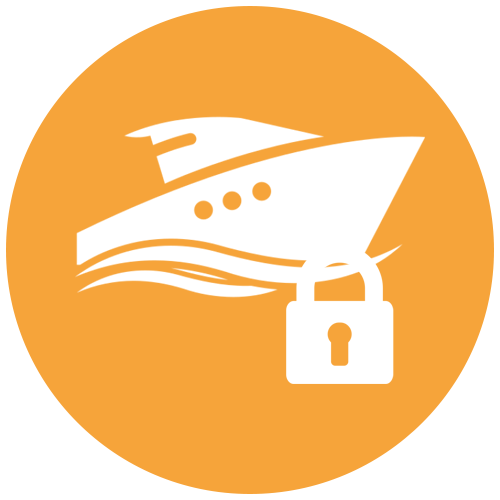
Your Money Protected

All Emperor boats are able to provide the NITROX course onboard.
FREE Nitrox
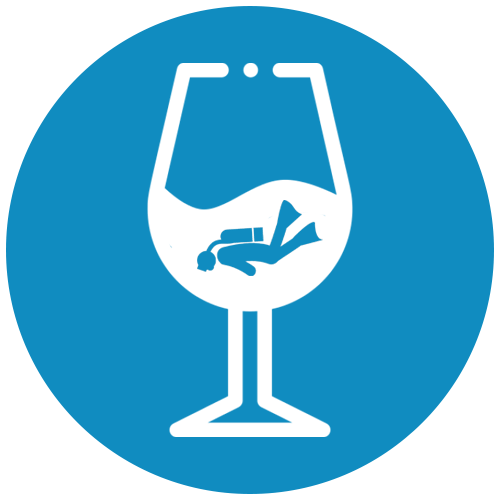
Wine can be exchanged for a beer or soft drink.
FREE Wine
SCHEDULED TRIPS, AVAILABILITIES & PRICES
Booking is easy! Select your service, provide some details and pay online using our secure payment process. If you don’t see what you are looking for or need further assistance then please use the live chat box to talk to our helpful diving consultants.
Special offers in red have limited availability; book early to make sure you don’t miss out.

Select Currency:
DATES
SORT BY
BOATS
How to Pay
- Book your Emperor Liveaboard at least 2 months in advance with a 20% deposit.
- If you book at least 6 months in advance you can use our Pay Monthly Plan. Book online as usual then contact us at [email protected] or on the live webchat service to say you’d like to pay by instalments. We will email you the instalment amounts and dates.
- All payments will be automatically taken from the payment card used to secure your booking.
- Full payment or final balance is due 60 days before departure.
Seven Seas Cabins
- Upper deck: 4 cabins with king-size beds and en-suite/separate shower room
- Lower deck: 8 cabins with twin beds and en-suite/separate shower room
Single Travellers Guarantee: We guarantee same-sex cabin share on all Emperor boats. If we can’t ‘room’ you with someone of the same sex then we will give you a cabin to yourself with no single supplement.
Lower Deck Twin
Approx. 11 sq mt with porthole windows, large twin beds, en-suite granite lined bathroom with separate shower cubicle. Each cabin has an LCD TV, a safe and a mini-bar fridge.
Boat Facilities
- Main deck: Elegant, air-conditioned saloon, separate dining room with ‘open kitchen’ and a well-stocked bar. Large dive deck and dive platform with full size zodiac tenders fitted with dive ladders.
- Upper deck: Sundeck and outdoor lounging area with sofas, tables, bean bags and sound system. Barbecue lounge and shaded area to relax.
- Technology: All rooms have a TV. Complimentary Wi-Fi.
Diving Facilities
- 2-3 dive guides
- Dive deck: Spacious dive deck and dive platform. 2x BAUER HP compressors and Mattei Nitrox membrane compressor.
- Diving tender: 2 x Zodiac 75 HP, full size zodiac tenders fitted with dive ladders
- Dive equipment rental: Full range on offer; must be arranged before arrival in resort. All divers are required to use a dive computer and SMB for every dive and a torch each for night dives.
- Dive tanks: Equipped with 12 litre Aluminium tanks as standard and 15 litre aluminium on request. Limited supply of 15l steel tanks also available, on request. FREE Nitrox; up to 32%.
- PADI courses available: Skills Review, Advanced Open Water, Adventure Dives and Specialties
- Technical, re-breather and side mount diving; on request
- Medical: Oxygen, comprehensive First Aid and AED available
- Camera facilities: Charging stations, air gun, rinse tanks and camera table
- Onboard Prices
What else you need to know
Safety & Technical Information
Type: Wooden hull
Length: 41m
Beam: 8.5m
Draft: 3m
Engines: 2 x 1150 HP MAN Turbodiesel
Generators: 2 x 120 KW, 220 V
Water Makers: 2 x 4.500 litres/day
Navigation and Communication: Radar, EPIRP, echo sounder, GPS, Plotter, Satellite Phone, Sea Radio
Electricity: 220v 2 pin, 220v international multi and 2.5A USB electrical sockets
Safety: Centralised firefighting and alarm system with battery backup and smoke detectors, CO2 monitors, heat & fire alarms. Auto and manual extinguishers, fire blankets, life jackets, night watch. Defibrillator, Rescue floats, 60 x life vests, fire alarms in salon and all cabins, centralised fire warning system, ample fire extinguishers, fire pumps.
Safety Sheet Red Sea
Additional Information
- Compare boat facilities (PDF)
- Onboard Prices (PDF)
- PADI Medical Statement (PDF)
Back To Egypt Fleet
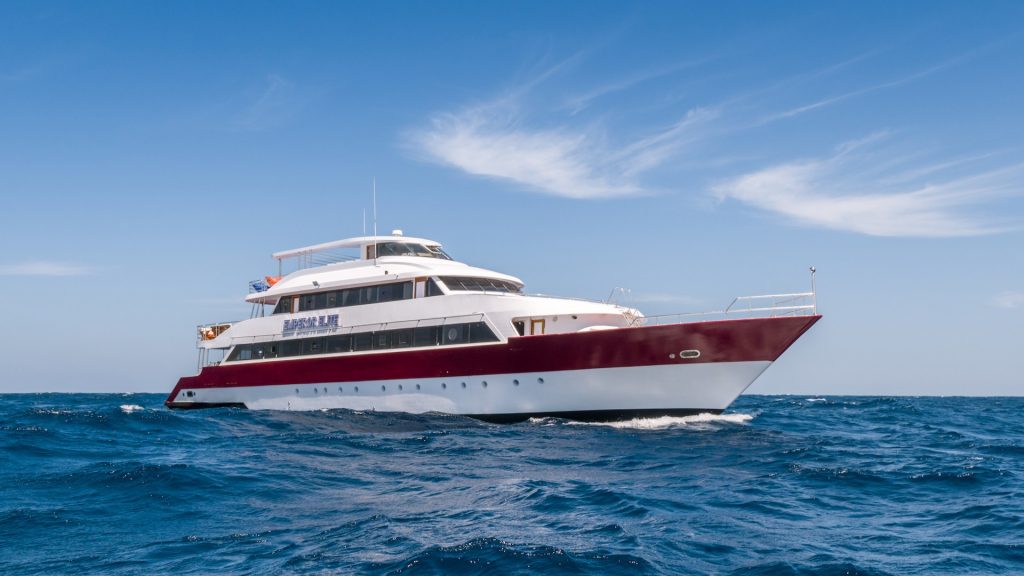
Emperor Elite
Emperor Elite is spacious, custom-designed and a popular choice. At 38 metres, she accommodates a maximum of 26 guests in a variety of cabins including the fabulous double Junior Suite which gives amazing panoramic views of the Red Sea. She welcomes you to her stylish air-conditioned saloon and the air-conditioned dining room is where great food and free red wine with dinner is served.
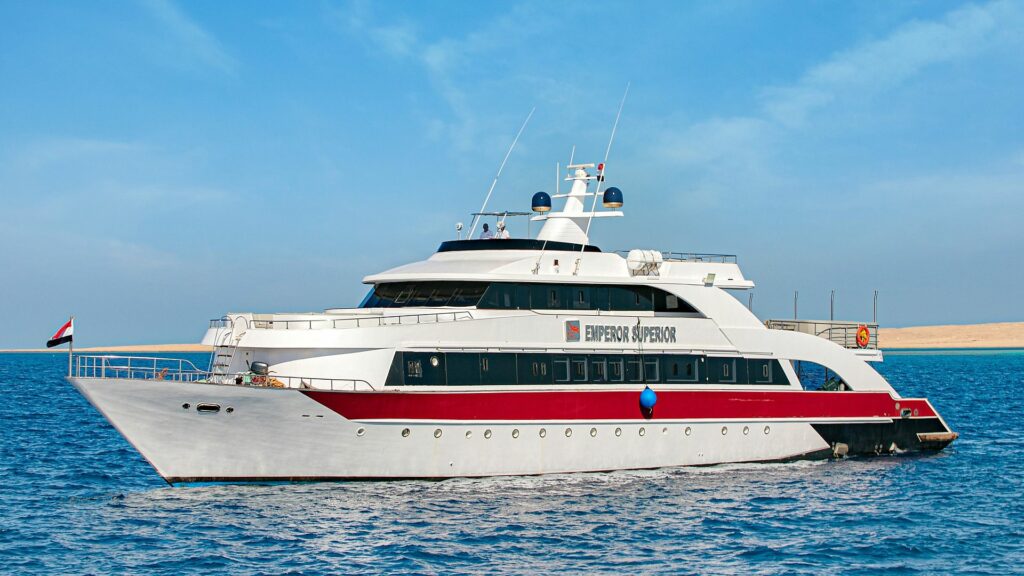
Emperor Superior
At 37 metres long, Emperor Superior has 13 cabins comfortably accommodating 26 people. All cabins have air-conditioning, ensuite and three towels and a dive robe per guest. The spacious dining and saloon areas offer air-conditioning and 55” LCD Smart TV and stereo.

